Light Waves Worksheet Middle School
Light Waves Worksheet Middle School is a helpful resource designed to engage students in the exciting world of physics. This worksheet provides a comprehensive overview of the fundamental concepts related to light waves, making it ideal for students in middle school who are eager to deepen their understanding of this captivating subject.
Table of Images 👆
More Other Worksheets
Kindergarten Worksheet My RoomSpanish Verb Worksheets
Cooking Vocabulary Worksheet
DNA Code Worksheet
Meiosis Worksheet Answer Key
Art Handouts and Worksheets
7 Elements of Art Worksheets
All Amendment Worksheet
Symmetry Art Worksheets
Daily Meal Planning Worksheet
What is a light wave?
A light wave is a type of electromagnetic wave that consists of oscillating electric and magnetic fields traveling through space at the speed of light. Light waves have a range of frequencies, which determine their properties such as color and energy. They are responsible for the phenomenon of light and can also exhibit wave-particle duality, where they behave as both waves and particles known as photons.
How do light waves travel?
Light waves travel as electromagnetic radiation, consisting of oscillating electric and magnetic fields. They move as transverse waves, meaning that the vibrations of the fields occur perpendicular to the direction of propagation. Light waves can travel through a vacuum, such as in space, or through various mediums, like air or glass, at a constant speed of approximately 299,792 kilometers per second.
What is the speed of light?
The speed of light in a vacuum is approximately 299,792 kilometers per second or about 186,282 miles per second.
What is the electromagnetic spectrum?
The electromagnetic spectrum refers to the range of all possible frequencies of electromagnetic radiation, including radio waves, microwaves, infrared, visible light, ultraviolet, X-rays, and gamma rays. This spectrum encompasses all forms of electromagnetic radiation emitted by various sources such as the sun, stars, and artificial sources like radio antennas and X-ray machines.
How do light waves interact with objects?
Light waves interact with objects in various ways depending on the material properties of the object. When light waves encounter an object, they can be reflected, absorbed, transmitted, or refracted. Reflection occurs when light waves bounce off the surface of an object. Absorption happens when the object takes in some or all of the light waves. Transmission occurs when light waves pass through the object without being absorbed. Refraction happens when light waves change direction as they pass through a transparent medium. These interactions with objects are essential for us to see and perceive the world around us.
What is reflection of light?
Reflection of light is the phenomenon where light rays bouncing off a surface and changing direction. When light waves hit a smooth and polished surface, like a mirror, they reflect off at the same angle they hit the surface, resulting in a clear and sharp image. This process allows us to see objects by bouncing light into our eyes, creating a visual perception of our surroundings.
How does refraction occur?
Refraction occurs when light waves pass through a medium with a different optical density, causing the light rays to change direction. This change in direction is due to the difference in speed of light in each medium, with light bending towards the normal if it is entering a denser medium and away from the normal if it is entering a less dense medium. The degree of bending is determined by the amount of change in the optical density of the mediums.
What is the relationship between wavelength and color of light?
The relationship between wavelength and color of light is that shorter wavelengths are associated with colors towards the blue end of the spectrum, while longer wavelengths are associated with colors towards the red end of the spectrum. In other words, the color of light is determined by its wavelength, with shorter wavelengths corresponding to higher energy blue light and longer wavelengths corresponding to lower energy red light.
What are the primary colors of light?
The primary colors of light are red, green, and blue. These colors can be combined in various ways to create all other colors in the visible spectrum.
How is light used in everyday life?
Light is used in everyday life in various ways including providing illumination for homes, schools, offices, and streets, enabling us to see and navigate our surroundings. It is also used for entertainment purposes like watching TV, going to the movies, or attending concerts. Additionally, light is crucial for communication, whether through traffic signals, emergency lights, or digital devices like smartphones and computer screens. In medical applications, light therapy is used to treat certain conditions, while in industry, light is essential for manufacturing processes like welding and lithography.
Have something to share?
Who is Worksheeto?
At Worksheeto, we are committed to delivering an extensive and varied portfolio of superior quality worksheets, designed to address the educational demands of students, educators, and parents.

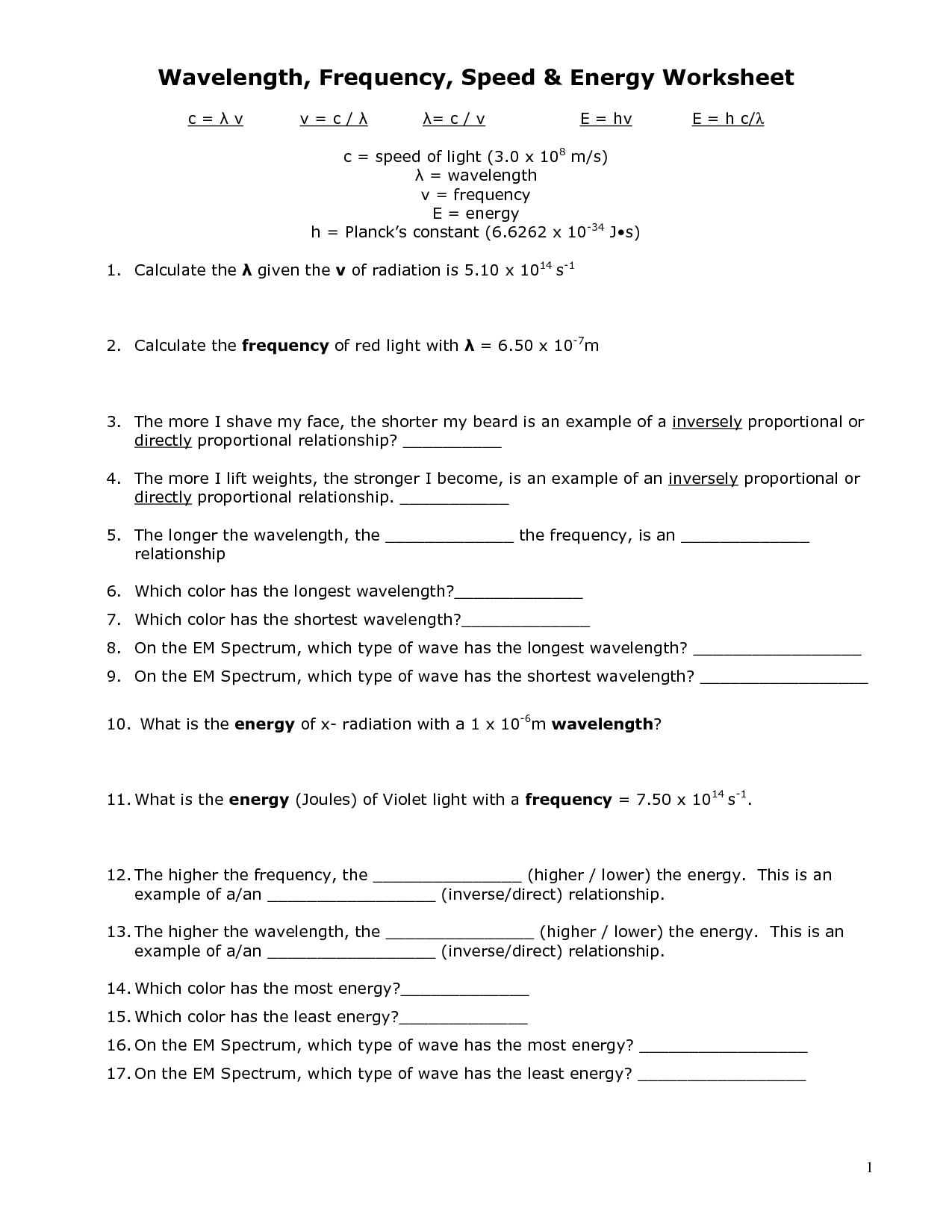



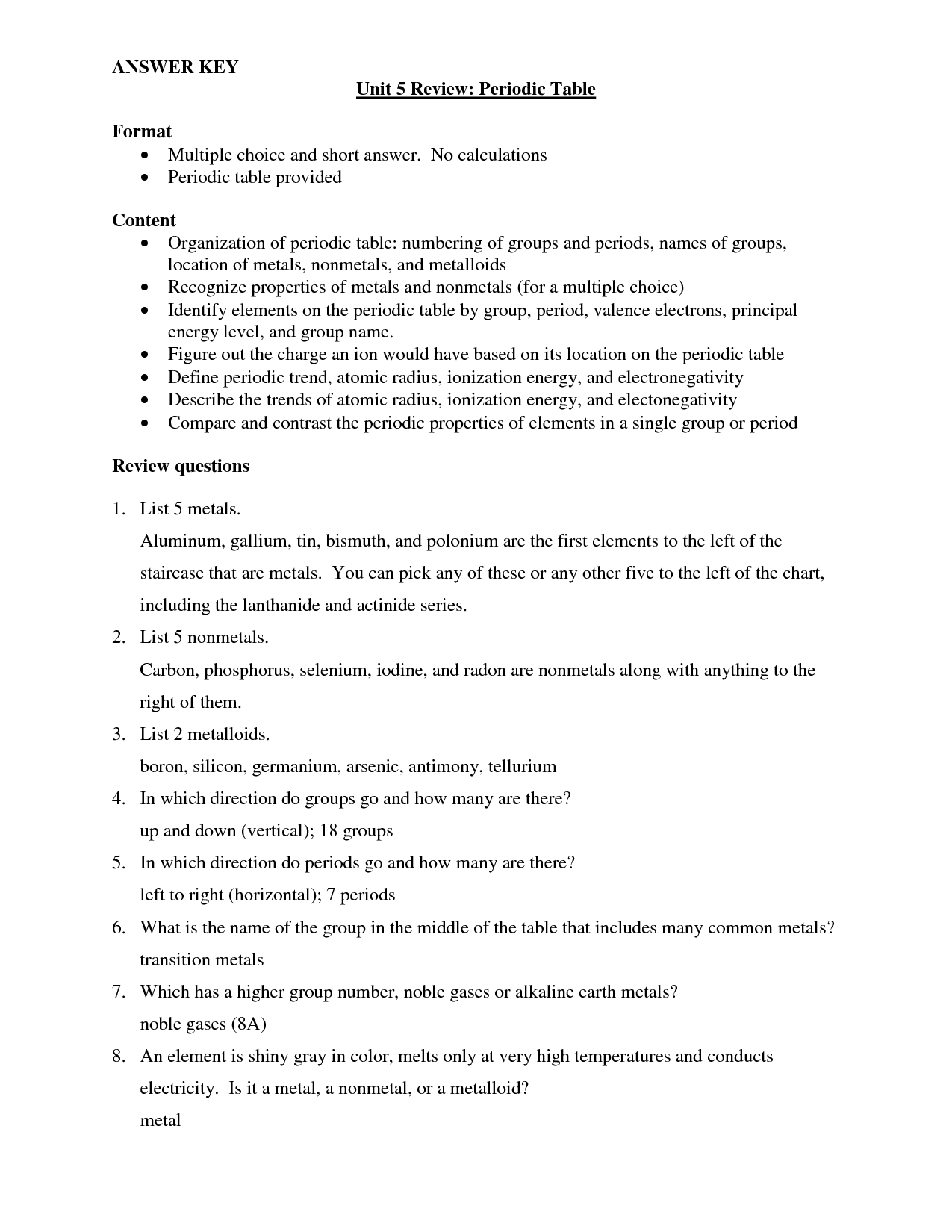
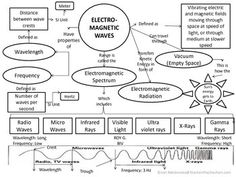

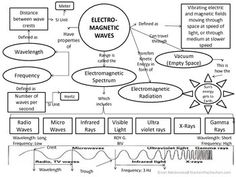
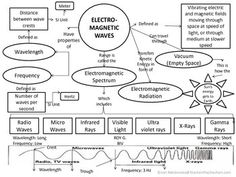
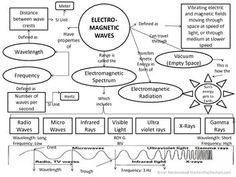
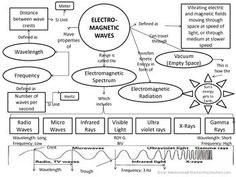
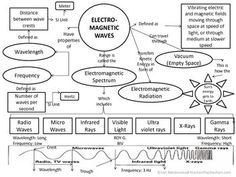
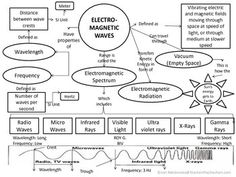
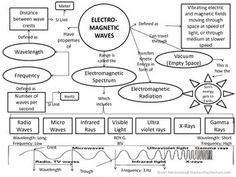
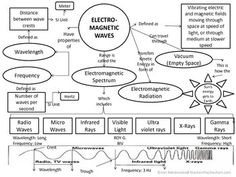
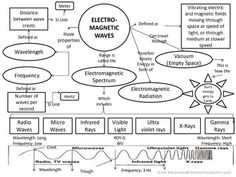
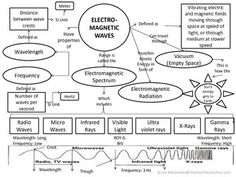
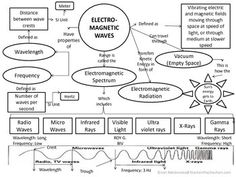

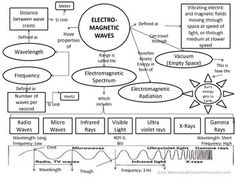















Comments